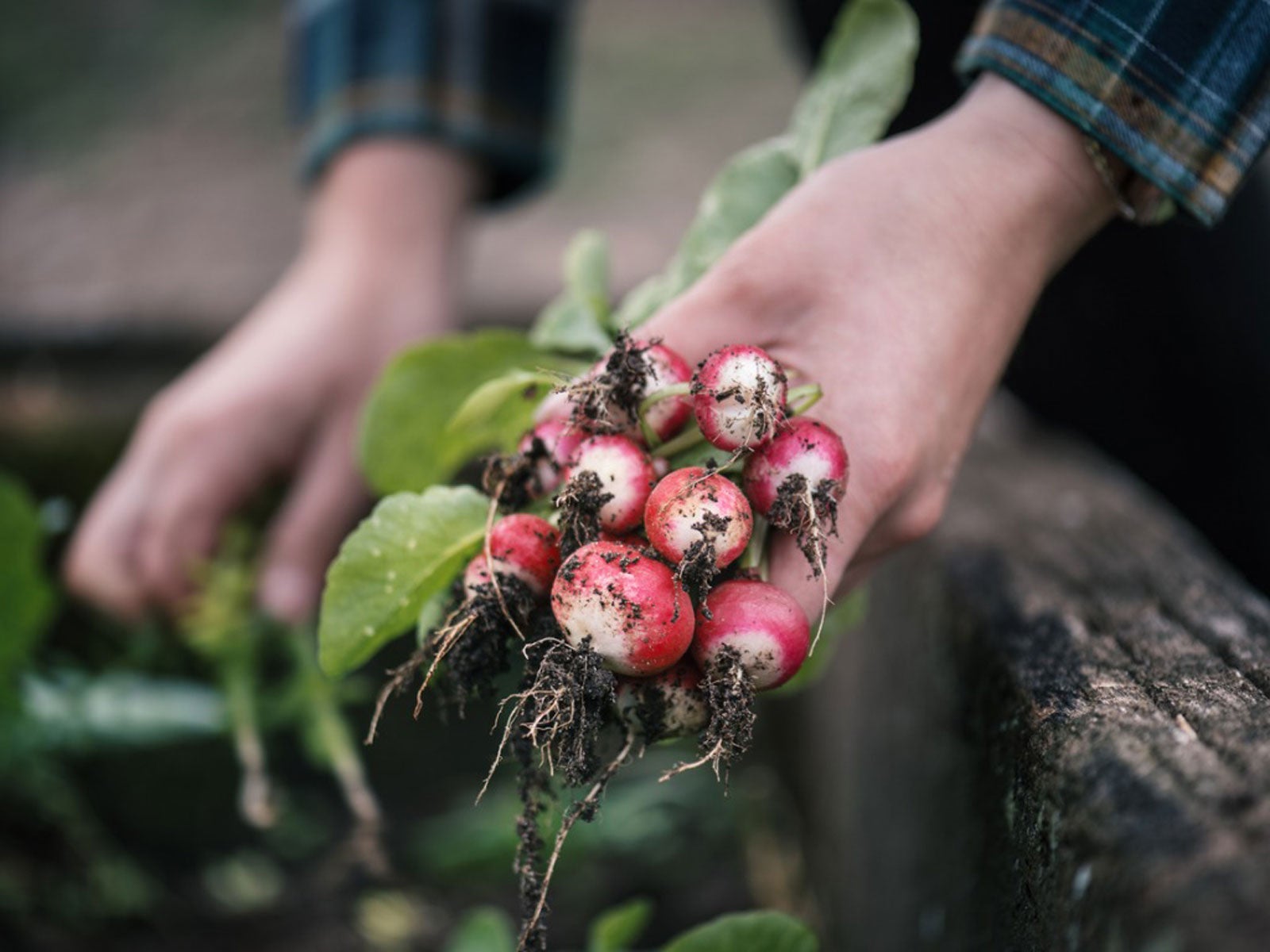How To Fix Hot Radishes: Why Are My Radishes Too Hot To Eat


Radishes are one of the easiest garden vegetables to grow, yet all too often gardeners discover their radishes are too hot to eat. Improper growing conditions and delayed harvests are what make radishes hot. So, if you're finding your radishes too hot to eat, let's look at some solutions to alter the growing conditions and a method to fix hot radishes you already harvested.
What Makes Radishes Hot
If you discover your garden grown radishes getting hot, the first step is to review growing conditions. Radishes are a quick crop with most varieties maturing in 25 to 35 days. They prefer cool weather and can be sown in early spring as soon as the ground can be worked. (Hot weather can make radishes too hot to eat.)
When planting radish seeds, it's best to use a seeder to achieve adequate spacing. Ideally, radish seed should be sown one inch (2.5 cm.) apart. When the seedlings have true leaves, thin to give 2 inches (5 cm.) spacing between plants. Overcrowding results in slower root formation and is another reason for radishes becoming too hot.
Inadequate ground moisture can also slow down the growth process. Radishes require one inch (2.5 cm.) of rain per week or supplemental water. Keeping the ground evenly moist allows radishes to grow quickly and have a mild flavor. Likewise, heavy rain or hard watering can cause the soil to crust and pack on the surface, which will also delay root maturity. Sprinkle water lightly and gently agitate the surface to break the crust.
To encourage faster growth, plant radishes in fertile soil or supplement with a balanced (10-10-10) fertilizer. Too much nitrogen results in excess foliage, which can also delay root development and result in radishes getting hot.
For the best flavor, harvest radishes as soon as they reach maturity. The longer radishes stay in the ground, the hotter they become. Successive planting is one way to have a steady crop of radishes and lengthen the harvest season. Rather than one big planting, sow smaller amounts of radish seed on a weekly basis during the spring and fall when temperatures are cool.
How to Fix Hot Radishes
Now that you know what makes radishes hot you can prevent this problem in the future. Just what does a gardener do with a whole crop of hot radishes? Luckily, there's a trick to fix hot radishes:
Sign up for the Gardening Know How newsletter today and receive a free copy of our e-book "How to Grow Delicious Tomatoes".
- Remove any garden soil by gently washing the radishes.
- Cut off the root and stem end of each radish.
- In the top of the radish, cut two evenly spaced slits about ¾ of the way through the root.
- Turn the radish 90 degrees and cut two more slits so you have a checkerboard pattern.
- Soak the radishes in ice water for approximately 45 minutes or until they become mild enough to eat.
Radishes are a great addition to salads. They make a quick, nutritious snack or can be prepared as a delicious, roasted-vegetable side dish. However you plan on using your homegrown radishes, be sure to grow them quickly and harvest them upon maturity for the sweetest, mildest flavor.

Laura Miller has been gardening all her life. Holding a degree in Biology, Nutrition, and Agriculture, Laura's area of expertise is vegetables, herbs, and all things edible. She lives in Ohio.